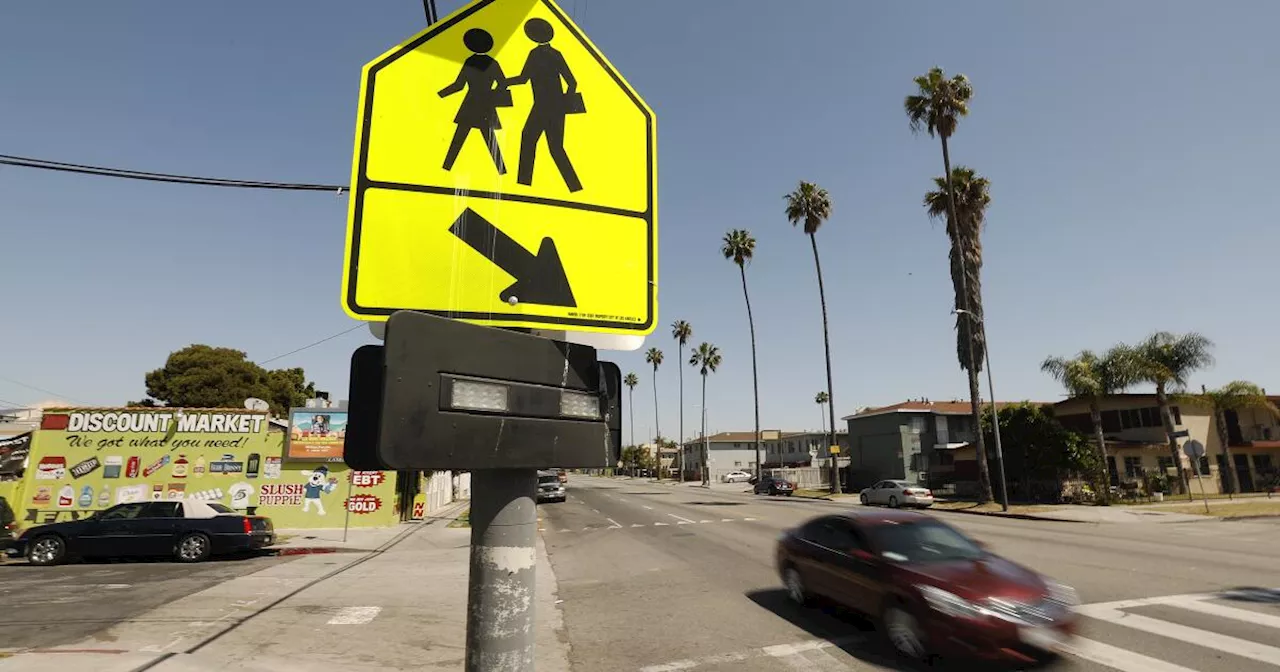A century-old Los Angeles traffic ordinance, designed to make streets more car-friendly, is credited with shaping deadly street conditions across the nation. The ordinance, which criminalized jaywalking and allowed right turns on red, has contributed to the high number of pedestrian deaths in cities.
Good morning. Here's what you need to know to start your day. The traffic ordinance that changed everything.Late evacuation orders in Altadena raise a haunting question: Could more lives have been spared? Stressed? Take the fast track to ‘womb-like’ euphoria at this new L.A. art experience.And here's today's e-newspaper. For several years, I’ve been reporting on Los Angeles ’s failure to deliver safer streets and curb traffic deaths.
Despite on-paper goals to reduce the number of people killed while walking, biking and driving in the city, the death toll surged roughly 80% from 2015 to 2023. You can probably guess how 2024 went, but here are some tragic early figures. Preliminary data from the Los Angeles Police Department through Dec. 28 show 306 people died in crashes last year, including 170 pedestrians killed by motor vehicle drivers. That’s a slight decline from 2023, when car crashes killed more people in L.A. than homicides did. But it marked the third straight year that more than 300 people died in crashes on city streets. More than 1,580 other crash victims were severely injured last year, virtually unchanged from 2023. The full-year report has yet to be publicly released but is expected to be shared at a still-TBD news conference, according to LAPD’s data management division. Why haven’t L.A. and other U.S. cities been able to stop the carnage? We can chalk that up to a multitude of factors, including political will, driver accountability, public outreach and stronger safety regulations for automakers. But the simpler explanation is that we built our streets so drivers can go fast, which makes them more dangerous — especially for people walking. It’s easy to normalize our car-centric world, since most of us living today were born after the automobile became a cultural necessity to get around. But the deadly street conditions we experience now were paved in large part by a century-old L.A. traffic ordinance that became the template for cities across the nation. Today marks the 100th anniversary of that ordinance, so let’s time travel. The origin story for L.A.’s deadly streets Los Angeles streets in the 1920s were a far cry from the car-clogged roads we have today. Most Angelenos walked, rode bikes (and horses) and took public transportation. For many, automobiles were viewed as lethal invaders. The numbers supported the perception. In the early 20th century, drivers were killing thousands of people each year, many of them children. That was bad news for automakers and dealers trying to sell their machines in pedestrian-rich cities that villainized their products. So one prominent L.A. Studebaker salesman, Paul G. Hoffman, crafted a plan: Create new traffic rules to reconfigure L.A. streets to be more car-friendly by giving drivers priority. “What he wanted to do was find a way to make it easier to drive, to make it easier to drive faster, and also, importantly, to ensure that if a driver hit a pedestrian … the presumptive responsibility didn't fall automatically on the driver,” tech historian Peter Norton explained. Norton is a professor at the University of Virginia and chronicled Hoffman’s scheme in his 2008 book, “Fighting Traffic: The Dawn of the Motor Age in the American City.” His body of research reveals the calculated effort by auto interests to shift the blame for traffic deaths from reckless drivers to pedestrians, clear the roads for cars and boost vehicle sales. A quick walk in your community will confirm who came out on top. Lasting impacts To make the car-favoring rules a reality, Hoffman recruited Miller McClintock, a Harvard PhD student who was studying motor vehicle traffic in cities. With financial support from the auto dealer, McClintock took on the role of traffic consultant and constructed the ordinance, Norton explained. The most consequential provision, according to Norton, was that walking in the street outside of specific crossings was criminalized. That act was colloquially known as “jaywalking,” a term promoted by auto interests to shame people out of the streets that they’d had free access to for decades (“jay” is derogatory slang that essentially means a small-town idiot). The ordinance also established that motorists were allowed to make right turns at red lights. It was approved by the L.A. City Council in December 1924 but vetoed by Mayor George E. Cryer, a Republican, who took issue with the limitations placed on pedestrians and the safety hazards of allowing right-on-red. “Pedestrians desiring to cross a street and who have been held up pending the release of traffic in the direction they desire to go are immediately menaced in the crossing by turning vehicles,” Cryer wrote in his veto message. But the City Council — which Norton said was significantly influenced by auto industry interest groups — overrode his veto. The ordinance took effect on Jan. 24, 1925
TRAFFIC ORDINANCE PEDESTRIAN DEATHS AUTOMOBILE INDUSTRY LOS ANGELES JAYWALKING RIGHT TURNS ON RED
United States Latest News, United States Headlines
Similar News:You can also read news stories similar to this one that we have collected from other news sources.
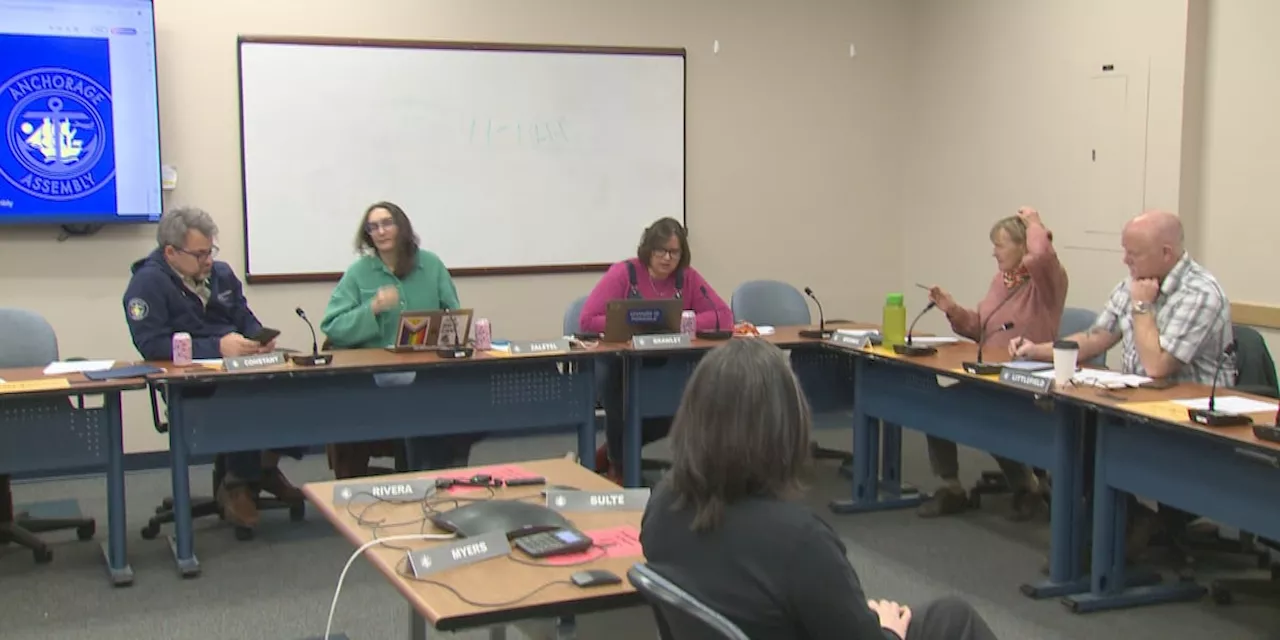 An assembly ordinance to change terms served by elected officials is still in conversationAn ordinance to change term lengths for elected officials and change municipal elections cycles to align with state and federal elections could be potentially voted on at the upcoming assembly regular meeting on Tuesday.
An assembly ordinance to change terms served by elected officials is still in conversationAn ordinance to change term lengths for elected officials and change municipal elections cycles to align with state and federal elections could be potentially voted on at the upcoming assembly regular meeting on Tuesday.
Read more »
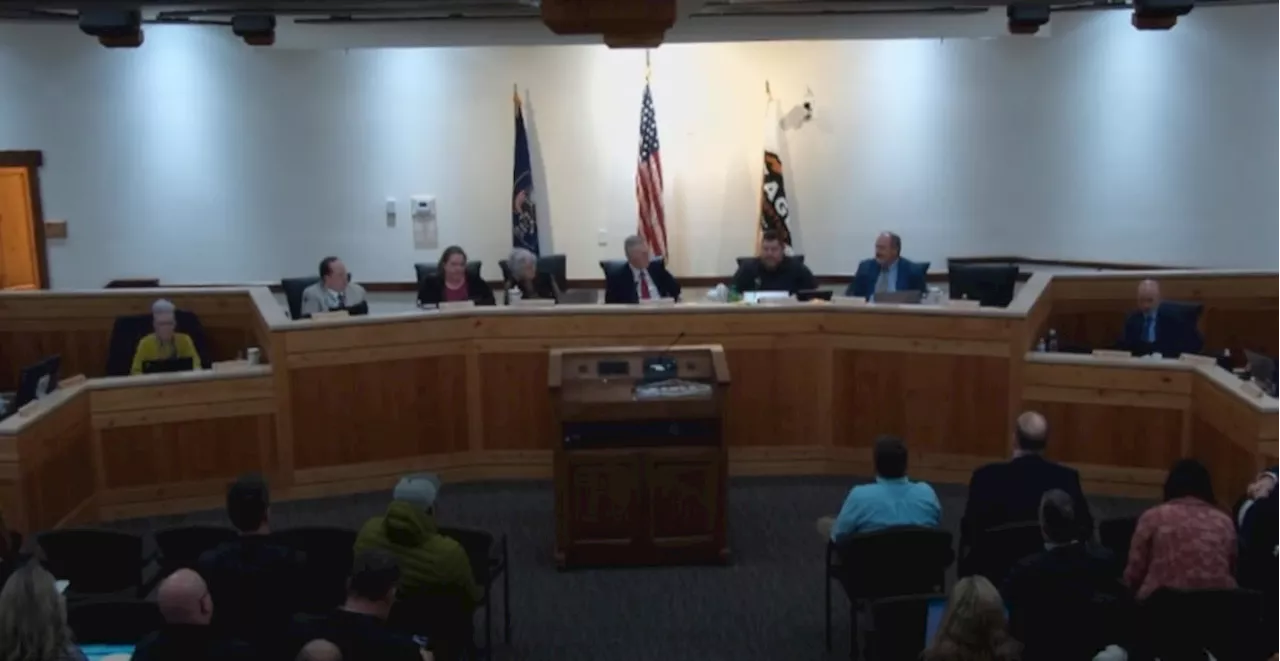 Eagle Mountain City Council Pauses Nuclear Reactor and New Energy Source Ordinance RevisionThe Eagle Mountain City Council has decided to table a proposed ordinance revision that would have allowed for the use of nuclear reactors and other new energy sources within the city. The council seeks to carefully evaluate the potential benefits, drawbacks, and risks associated with this change before moving forward.
Eagle Mountain City Council Pauses Nuclear Reactor and New Energy Source Ordinance RevisionThe Eagle Mountain City Council has decided to table a proposed ordinance revision that would have allowed for the use of nuclear reactors and other new energy sources within the city. The council seeks to carefully evaluate the potential benefits, drawbacks, and risks associated with this change before moving forward.
Read more »
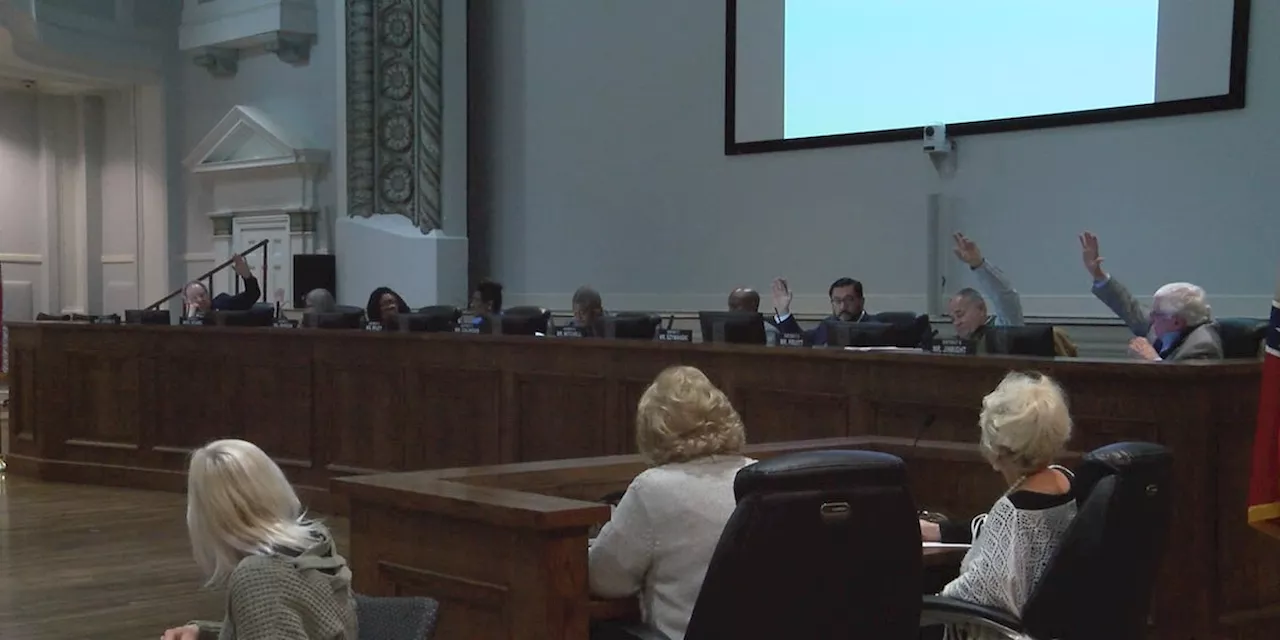 Montgomery Repeals Controversial Concealed Carry OrdinanceThe Montgomery City Council voted to repeal an ordinance requiring a valid photo ID for concealed carry after legal challenges and concerns about its enforceability.
Montgomery Repeals Controversial Concealed Carry OrdinanceThe Montgomery City Council voted to repeal an ordinance requiring a valid photo ID for concealed carry after legal challenges and concerns about its enforceability.
Read more »
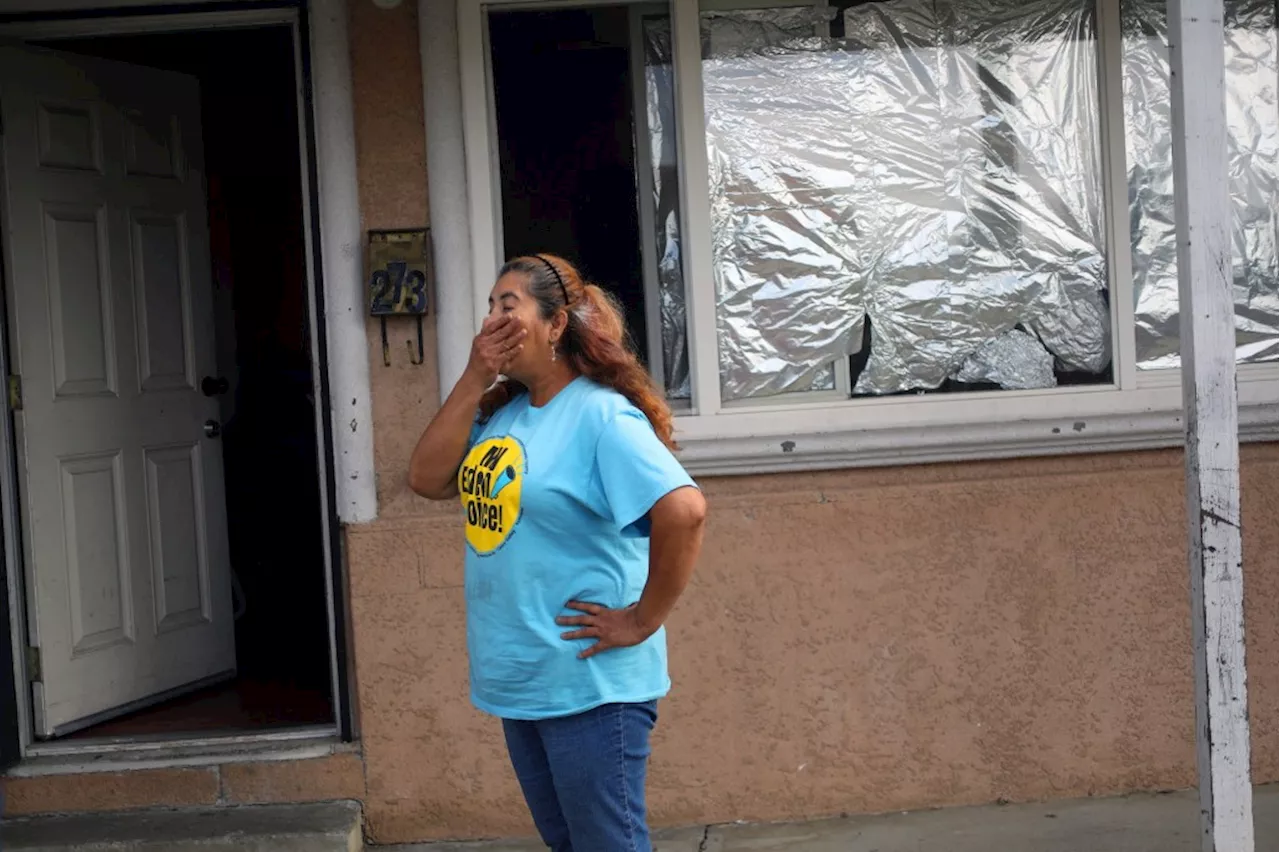 Alameda County Considers Rental Ordinance UpdateThe Alameda County Board of Supervisors is evaluating a proposed update to the rental ordinance aimed at strengthening protections for renters residing in unincorporated areas of the county.
Alameda County Considers Rental Ordinance UpdateThe Alameda County Board of Supervisors is evaluating a proposed update to the rental ordinance aimed at strengthening protections for renters residing in unincorporated areas of the county.
Read more »
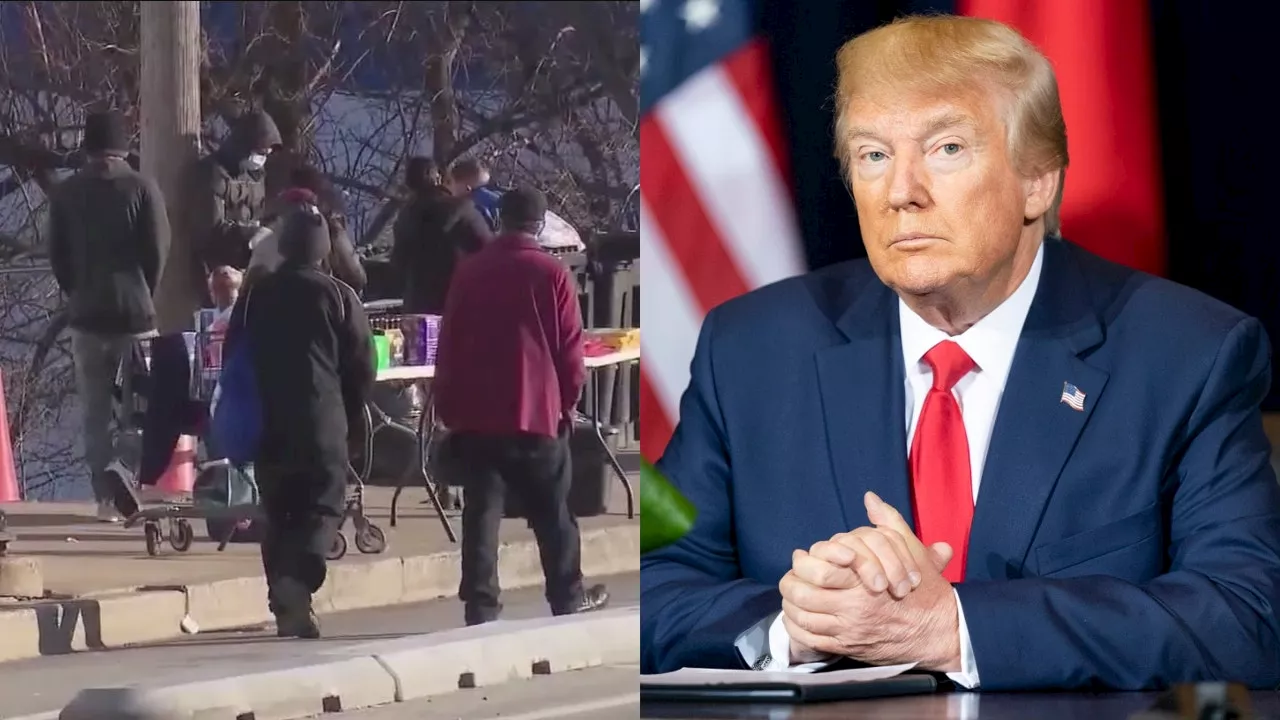 Chicago Sanctuary Status in Jeopardy as Proposal to Amend Welcoming City Ordinance Sparks DebateA proposed amendment to Chicago's Welcoming City Ordinance, which prohibits local law enforcement from cooperating with federal immigration agents in deporting undocumented individuals, has ignited a fierce debate over the city's sanctuary status. The proposal, championed by Aldermen Ray Lopez and Silvana Tabares, aims to permit Chicago police to assist in the deportation of undocumented individuals arrested but not convicted of a crime. Critics, including activists and legal experts, argue that the measure violates constitutional rights and undermines the city's long-standing commitment to protecting its immigrant community.
Chicago Sanctuary Status in Jeopardy as Proposal to Amend Welcoming City Ordinance Sparks DebateA proposed amendment to Chicago's Welcoming City Ordinance, which prohibits local law enforcement from cooperating with federal immigration agents in deporting undocumented individuals, has ignited a fierce debate over the city's sanctuary status. The proposal, championed by Aldermen Ray Lopez and Silvana Tabares, aims to permit Chicago police to assist in the deportation of undocumented individuals arrested but not convicted of a crime. Critics, including activists and legal experts, argue that the measure violates constitutional rights and undermines the city's long-standing commitment to protecting its immigrant community.
Read more »
 Denver mayor vetoes ordinance aimed at expanding needle exchange sitesSydney Isenberg is an Emmy-nominated digital content producer with Denver7 (KMGH) in Denver, Colorado. She began her career in Bakersfield, California, after graduating from the Walter Cronkite School of Journalism and Mass Communication at Arizona State University in 2018.
Denver mayor vetoes ordinance aimed at expanding needle exchange sitesSydney Isenberg is an Emmy-nominated digital content producer with Denver7 (KMGH) in Denver, Colorado. She began her career in Bakersfield, California, after graduating from the Walter Cronkite School of Journalism and Mass Communication at Arizona State University in 2018.
Read more »
